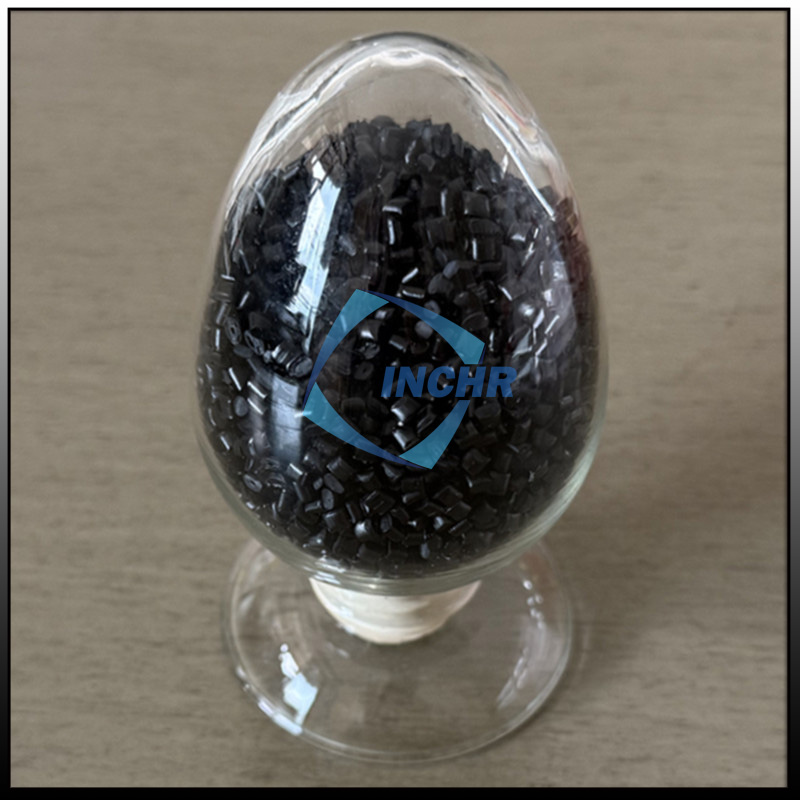In a world driven by the need for smarter, lighter, and eco-friendly materials, Carbon Fiber Reinforced Plastic (CFRP) stands as a beacon of innovation. While its dominance in aerospace and automotive sectors is well-documented, CFRP is now breaking ground in unexpected industries, redefining possibilities from deep-sea exploration to earthquake-resistant architecture. This article uncovers the lesser-known frontiers of CFRP and its role in shaping a sustainable, high-performance future.

Carbon Fiber Reinforced Plastic: Why It’s Still the Material of Choice
CFRP combines carbon fibers (5–10 microns thick) with a polymer resin, creating a composite that outperforms traditional materials. Key traits driving its adoption include:
Unrivaled Strength-to-Weight Ratio: 10x stronger than steel at a fraction of the weight.
Chemical and Thermal Stability: Resists corrosion, UV radiation, and extreme temperatures.
Tailored Design Capabilities: Customizable fiber orientation optimizes performance for specific loads.
Sustainability Edge: Longer lifespan and recyclability advancements reduce waste.
These attributes make CFRP indispensable not just for today’s challenges but for tomorrow’s innovations.
Breaking New Ground: CFRP in Emerging Industries
1. Construction: Building Safer, Smarter Cities
CFRP is transforming urban landscapes by reinforcing aging infrastructure and enabling futuristic designs:
Earthquake Resilience: CFRP wraps strengthen bridges and buildings in seismic zones. For example, Japan’s retrofitting projects use CFRP to enhance structural integrity without adding weight.
Modular Construction: Prefabricated CFRP panels speed up high-rise projects while reducing material waste.
Smart Infrastructure: Embedding sensors in CFRP allows real-time monitoring of stress and wear in bridges and tunnels.
2. Marine Engineering: Conquering the Depths
From luxury yachts to subsea robots, CFRP’s corrosion resistance and buoyancy are game-changers:
Deep-Sea Exploration: CFRP housings protect underwater drones at depths exceeding 6,000 meters.
Lightweight Shipbuilding: Ferries and sailboats using CFRP hulls consume 30% less fuel.
Offshore Wind Farms: CFRP components in floating turbines withstand harsh oceanic conditions, reducing maintenance costs.
3. Consumer Electronics: The Pursuit of Portability
Tech giants are tapping into CFRP to meet demands for durability and sleek design:
Ultra-Light Laptops: Brands like Lenovo and Dell use CFRP frames to shave weight without compromising strength.
Wearable Tech: CFRP-enhanced smartwatches and AR glasses offer premium durability.
5G Infrastructure: CFRP antenna housings provide electromagnetic transparency and weather resistance.
4. Space Exploration: Fueling the Final Frontier
As missions reach farther into space, CFRP’s thermal stability and lightness are critical:
Satellite Structures: CFRP reduces launch costs by minimizing payload weight.
Mars Rovers: NASA’s Perseverance uses CFRP components to endure Martian temperature swings.
Reusable Rockets: SpaceX integrates CFRP in heat shields and fuel tanks for repeated launches.
Next-Gen Innovations: Where Carbon Fiber Reinforced Plastic
is Headed
1. Self-Healing CFRP
Researchers are embedding microcapsules of healing agents into CFRP. When cracks form, the capsules rupture, releasing resins that “repair” the material—extending product lifecycles in aerospace and automotive sectors.
2. Bio-Based CFRP
To address sustainability concerns, companies like BMW and Siemens are testing resins derived from flax or lignin, paired with recycled carbon fibers. This reduces reliance on fossil fuels and cuts carbon footprints by up to 40%.
3. Digital Twin Integration
AI-driven simulations now optimize CFRP designs before production. For instance, Airbus uses digital twins to predict stress points in CFRP wings, slashing prototyping time and costs.
4. 3D-Printed CFRP
Additive manufacturing enables complex, waste-free CFRP parts. Startups like Arevo are 3D-printing bicycle frames and drone components, opening doors for mass customization.
Overcoming Challenges: The Path to Mainstream Adoption
Despite its promise, CFRP faces hurdles:
Cost Barriers: High-energy production and raw material expenses keep prices elevated.
Solution: Scaling automated manufacturing and renewable energy use (e.g., solar-powered factories).
Recycling Limitations: Traditional methods degrade fiber quality.
Solution: Chemical recycling (e.g., pyrolysis) recovers pristine fibers for reuse.
Public Awareness: Many industries remain unaware of CFRP’s evolving capabilities.
Solution: Collaborative R&D and case study dissemination.
Conclusion: CFRP as a Catalyst for Global Progress
Carbon Fiber Reinforced Plastic is no longer confined to niche applications—it’s a linchpin of 21st-century innovation. By venturing into construction, marine tech, consumer electronics, and space exploration, CFRP proves its versatility and resilience. As self-healing variants, bio-resins, and AI-driven designs mature, this material will further blur the lines between imagination and reality. In a world racing toward sustainability and efficiency, CFRP isn’t just keeping up; it’s lighting the way.




